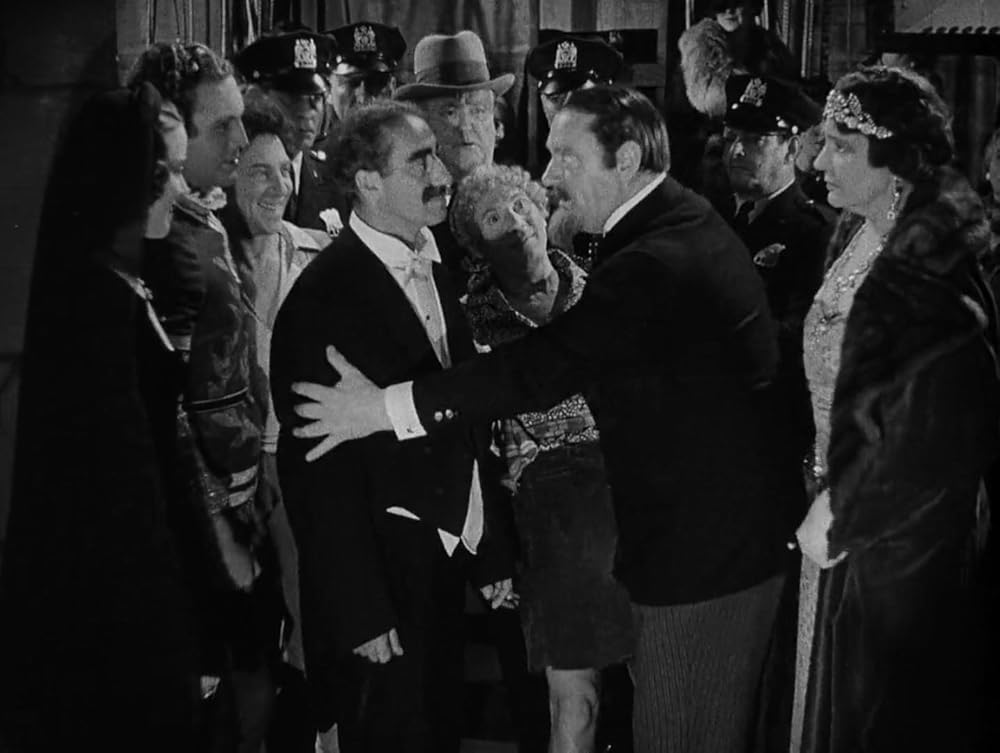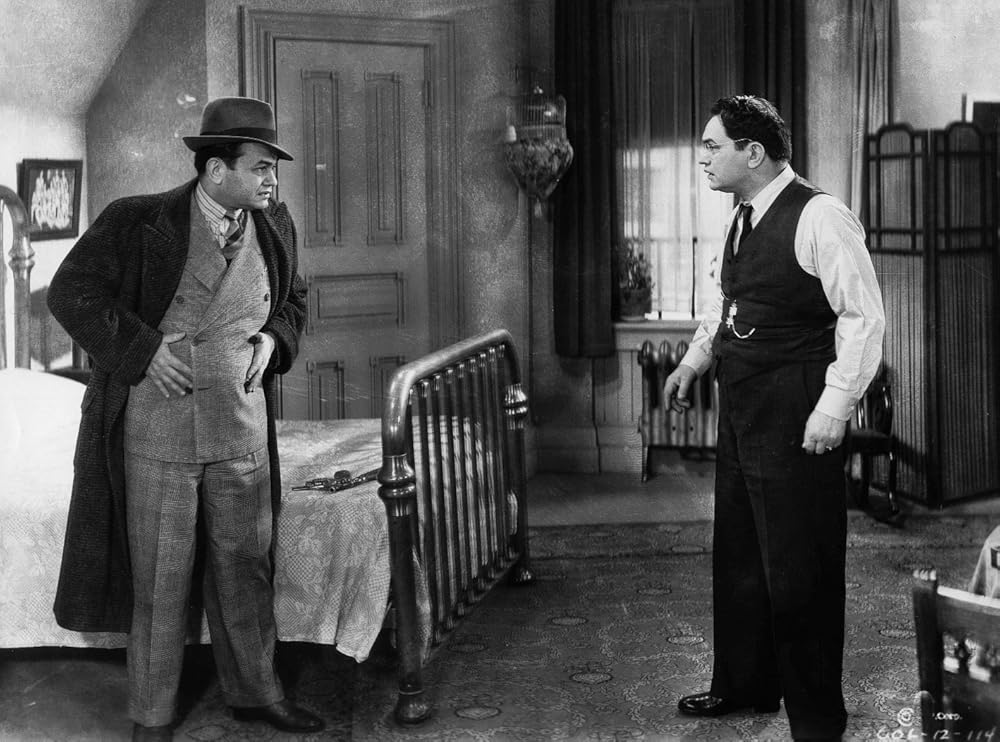my favorite movies of 1935:
(3) Top Hat
favorite of 1935:
A Night at the Opera(Groucho Marx, Harpo Marx, Chico Marx, Allan Jones, Kitty Carlisle, Margaret Dumont, Sig Ruman. Directed by Sam Wood.)This is the first Marx Brothers movie after they switched studios from Paramount to MGM, where they had better production values but would eventually pale in comparison with their zanier early days. A Night at the Opera captured them at a sweet spot where their bigger budget coexisted with humor that was still fresh. Overall, it might be the Marx Brothers’ most accessible movie.
Best known for a punny thing Chico says while going over a contract with Groucho, a scene where more and more people keep cramming into a small room (in the video below), and a climactic scene where the Marx Brothers’ anarchy invades a Verdi opera (Il Trovatore). A Night at the Opera revels in the paradox of the Marx Brothers: their comedy feels like chaos but is cleverly engineered down to the silliest details.
I even love the musical interludes and find some of them deeply moving. Some fans will grumble about those parts, but the heartfelt romance mixed with bedlam gives A Night at the Opera a satisfying warmth that’s allowed it to endure for 90 years.
Stream A Night at the Opera on Tubi (free with ads) or these sites.
2nd favorite of 1935:
(Boris Karloff, Elsa Lanchester, Colin Clive, Ernest Thesiger. Directed by James Whale.)
I listed the original Frankenstein movie as one of my favorites of 1931. That post discusses how the 1931 movie subtly creates sympathy for Dr. Frankenstein’s monster while he’s feared by the whole town. This sequel, Bride of Frankenstein, bears down more strongly on the sympathetic angle, especially in an interlude of unexpected warmth when the “monster” (Boris Karloff) happens upon a blind hermit playing violin.
Ebert called Bride of Frankenstein “the best of the Frankenstein movies — a sly, subversive work that smuggled shocking material past the censors by disguising it in the trappings of horror.” Ebert went on:
Some movies age; others ripen. Seen today, [James] Whale’s masterpiece is more surprising than when it was made because today’s audiences are more alert to its buried hints of homosexuality, necrophilia and sacrilege. But you don’t have to deconstruct it to enjoy it; it’s satirical, exciting, funny, and an influential masterpiece of art direction.You can stream Bride of Frankenstein on these sites.
3rd favorite of 1935:
(Fred Astaire, Ginger Rogers, Edward Everett Horton. Directed by Mark Sandrich.)
The plot is a very silly story of mistaken identity: you can see all along that everyone’s problems will be solved as soon as people stop jumping to conclusions and start talking normally. But Top Hat makes up for that absurdity with sublime dancing and Irving Berlin songs.
There are two numbers in “Top Hat” where the dancing on the screen reaches such perfection as is attainable. They are by Fred Astaire and Ginger Rogers for “Isn’t This a Lovely Day?” and “Cheek to Cheek.” Because Astaire believed that movie dance numbers should be shot in unbroken takes that ran as long as possible, what they perform is an achievement in endurance as well as artistry. At a point when many dancers would be gasping for breath, Astaire and Rogers are smiling easily, heedlessly. To watch them is to see hard work elevated to effortless joy … .
Stream Top Hat on these sites.
4th favorite of 1935:
The Whole Town’s Talking (Edward G. Robinson, Jean Arthur. Directed by John Ford.)In this comedy crime movie, Edward G. Robinson brilliantly plays two characters: a hardened killer on the lam, and a timid office worker who looks just like him. Some of the special effects are jaw-dropping for 1935: watch for a scene with both of Robinson’s characters’ faces on screen at the same time — while one of them blows cigar smoke in the other one’s face.
Stream The Whole Town’s Talking on Amazon Prime (it left but will likely come back) or these sites.
Click here for the full list of my favorite movie(s) of each year from 1920 to 2020.



.jpeg)


Comments
Post a Comment
Thanks for submitting a comment on my movie blog! 🎬 Your comment won’t show up here right away. 😐 To make sure your comment gets seen, I recommend sharing this post on social media and saying whatever you feel like! 🤓